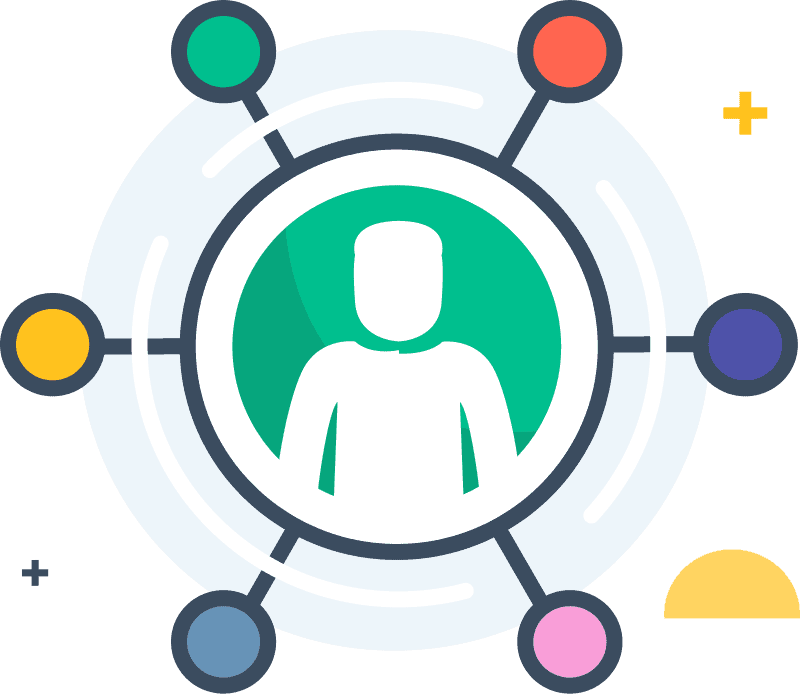Facebook, a social media giant for connecting people across the world, has seen tremendous success in its 13 year history.
Since first being launched in 2004, Facebook’s monthly user base has grown to over 2 billion worldwide with an estimated annual revenue of more than $40 billion.
That number is only expected to increase as Facebook continues to innovate and expand into new areas such as e-commerce and virtual reality.
In this post, we take a look at key facts about Facebook’s financial performance and usage data that give us a better understanding of the platform’s strength today.
Overview: Facebook Revenue And Usage Statistics 2024:
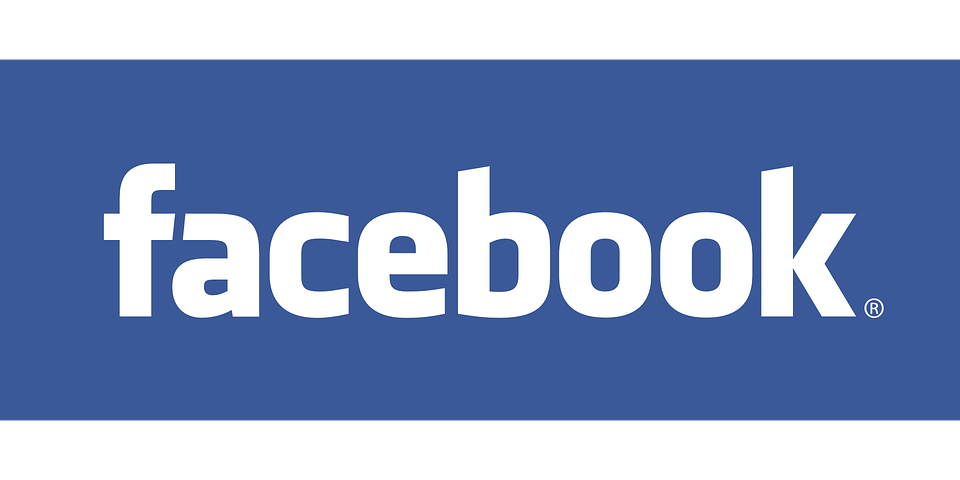
Facebook is the world’s largest social media platform, reaching more than 2.6 billion people across the globe each month.
It is designed to offer a variety of tools and services that help its users to stay connected with friends and family, share updates and photos, find local events and businesses, access news stories, cultivate communities around shared interests, and more.
The platform is organized into several distinct areas, or “apps,” each of which offers different features and services. These include the main News Feed, Groups, Pages, Marketplace, Events, Watch, Stories and Game Room.
Facebook’s suite of products also includes Messenger for instant messaging capabilities; Instagram for photo sharing; WhatsApp for voice and video calling; and Workplace for enterprise collaboration.
The company’s other products include Oculus, a virtual reality platform; Portal, which lets users make video calls with family and friends; Spark AR Studio, a tool to create augmented reality experiences; and Facebook Analytics, a dashboard that helps businesses measure their online presence.
Facebook also offers several ad platforms, including Ads Manager and Business Manager, which enable businesses to create targeted ad campaigns.
Additionally, the company operates a virtual currency program called Facebook Pay, which allows users to make purchases within games and apps.
Finally, Facebook provides its developers with an array of tools for building custom applications and integrating them with the platform.
Through its combination of products, services and features, Facebook has become one of the most popular websites in the world.
Benchmark:

Facebook Benchmark is a tool developed by Facebook in order to help developers, marketers and analysts measure the performance of their content.
It uses various metrics such as impressions, clicks, comments and conversions to give an overall view of how successful a piece of content is.
The tool also provides insights into what kind of content works best for specific audiences and helps users optimize their content for maximum engagement.
With Facebook Benchmark, users can track their progress over time, compare performance against competitors and make more informed decisions about where to focus their efforts.
The tool also allows users to gain deeper insights into customer behavior and develop better strategies for reaching target audiences.
Additionally, the platform helps marketers understand what kind of content resonates with different audiences and tailor their campaigns to meet specific goals.
By leveraging the power of Facebook Benchmark, companies can ensure that their content is being delivered effectively and reaching the right people.
With this tool, businesses are empowered to make data-driven decisions and optimize their strategies for maximum ROI.
Facebook Benchmark also provides powerful analytics capabilities, giving users an in-depth view of their performance. This allows marketers to gain a better understanding of customer behavior and develop more targeted campaigns.
Additionally, the platform offers segmentation functionality which gives users the ability to further refine their audience and customize content accordingly.
With these features, businesses can ensure that they are getting the most out of their campaigns and maximizing their reach.
Overall, Facebook Benchmark is an invaluable tool for businesses looking to maximize their content performance.
With its comprehensive analytics capabilities, businesses can gain a better understanding of customer behavior and make more informed decisions about where to focus their efforts.
With Facebook Benchmark, companies can ensure that they are getting the most out of their campaigns and reaching the right people.
Demographics:

-
Number of active users by gender
According to Statista, as of July 2020 there are 2.7 billion monthly active Facebook users worldwide. Of these users, approximately 51% are female and 49% are male. This indicates that women make up the majority of Facebook’s user base.
In terms of demographics, the largest demographic group in terms of gender is female millennials, accounting for 28% of the total user base. This is followed by female Gen Xers (18%), male millennials (17%) and male Gen Xers (16%).
In terms of regions, North America has the highest number of active Facebook users in 2020 with 188 million users, followed by Europe with 302 million users.
Asia-Pacific is also a key region with 1.61 billion active users, while Latin America and the Caribbean has 308 million users.
-
Number of active users by age.
Facebook has become an essential part of how people stay connected and share information. According to Statista, there were around 2.7 billion active users on the platform in 2021.
Out of this global total, the age range breakdown is quite interesting; 55% of Facebook users are between 18-24 years old, 24% are between 25-34 years old, 16% are between 35-44 years old, 5% are between 45-54 years old, and lastly a mere 1% are over 65 years of age.
This demonstrates a clear trend in the global demographic that Facebook appeals to; younger generations make up the vast majority of their user base.
It’s no surprise then that Facebook has become such an integral part of the way people communicate in today’s digital world.
Usage:

Facebook is one of the most popular social media networks in the world. According to statistics, over 2.8 billion people worldwide are expected to use Facebook by 2022.
This number has been increasing steadily since 2015, when the platform had 1.49 billion users globally.
As more and more people join Facebook, so does the potential to reach new audiences and connect with them in meaningful ways.
Businesses, organizations, and individuals have been able to use Facebook to connect with their target audience and build relationships with them.
Additionally, marketers have also found success in using the platform as a tool for advertising and driving sales.
Facebook has become an essential part of many people’s lives, and this is reflected in the growing number of users.
As the world becomes increasingly connected via technology, it’s no surprise that Facebook will continue to be one of the most popular social media networks for years to come.
With its ever-expanding user base, businesses and organizations are sure to benefit from making use of the platform for their marketing and communication needs.
Revenue:
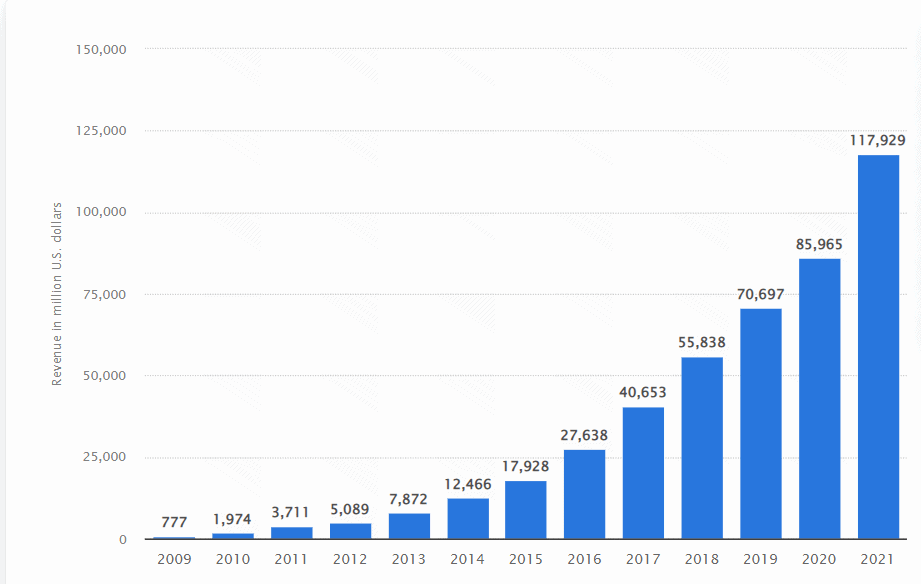
Facebook’s revenue has grown steadily over the past several years. In 2019, it reported total revenues of $70.7 billion, an increase of 27% from 2018.
Advertising and other fees made up 98% of its total revenue in 2019, with the remaining 2% coming from payments and other sources. Of that advertising revenue, 87% came from mobile ads, up from 84% in 2018.
Facebook’s success is largely attributed to its innovative ad targeting abilities and its large user base of over 2 billion monthly active users (MAU).
The company has also seen an increase in investments into new products and services, such as the Oculus virtual reality platform. With these initiatives, it is likely that Facebook will continue to grow its revenue in the coming years.
As of 2020, it has become one of the world’s most valuable technology companies.
With so much potential for growth and innovation, there is a great deal of interest in understanding how Facebook generates its revenue and how it can use these funds to create value for its stakeholders.
Facebook’s primary source of income comes from selling ad space on its various platforms, including the main Facebook app, Instagram, and Messenger.
The company targets ads based on user interests, demographics, location data, and more. With over 2 billion users worldwide, there is a high demand for ad space from companies looking to reach their target audiences.
Additionally, Facebook has recently started to offer services such as payment processing that require fees from businesses.
Advertising And Marketing:
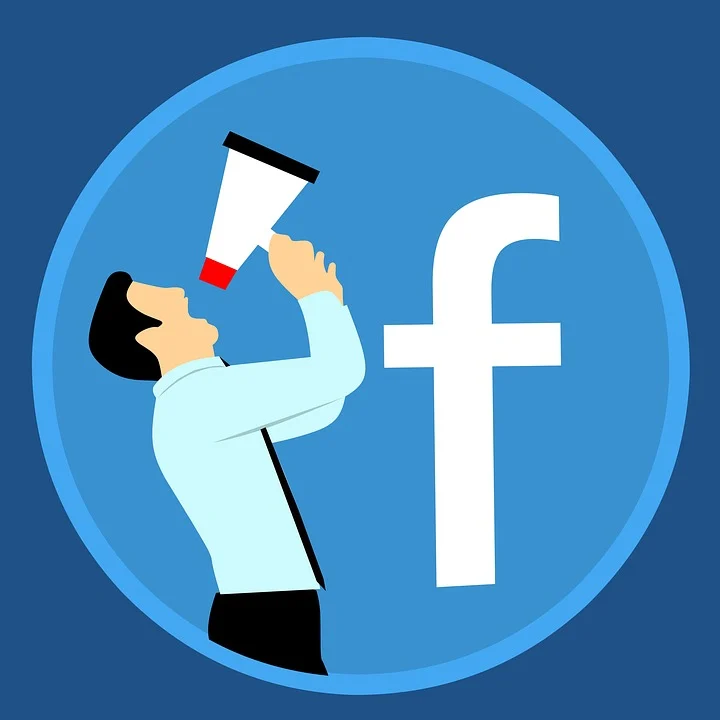
Advertising and marketing are critical for businesses to succeed, particularly in the digital age. Facebook is one of the most popular platforms for advertising and marketing around the world.
It provides a wide range of advantages that can help businesses gain exposure, build brand awareness, engage with customers, and generate sales.
One of the primary benefits of advertising and marketing on Facebook is its ability to reach a wide audience.
By targeting specific demographics and interests, businesses can capitalize on the immense user base of over 2.8 billion monthly active users worldwide.
This ensures that their message reaches the right people in an effective manner.
Another key advantage is the ability to measure results accurately. With detailed analytics, businesses can track their performance and optimize campaigns in real-time to ensure maximum ROI.
Additionally, Facebook’s range of ad formats allows businesses to create engaging promotions that reach customers on multiple devices. This helps businesses drive more clicks, conversions and sales while staying within budget.
Lastly, advertising and marketing on Facebook is highly cost-effective.
Facebook’s pay-per-click model allows businesses to only pay when results are achieved, making it an attractive option for small and medium businesses with limited budgets.
Furthermore, with advanced targeting and optimization features, businesses can get the most out of their ad spend without breaking the bank.
Public Opinion:
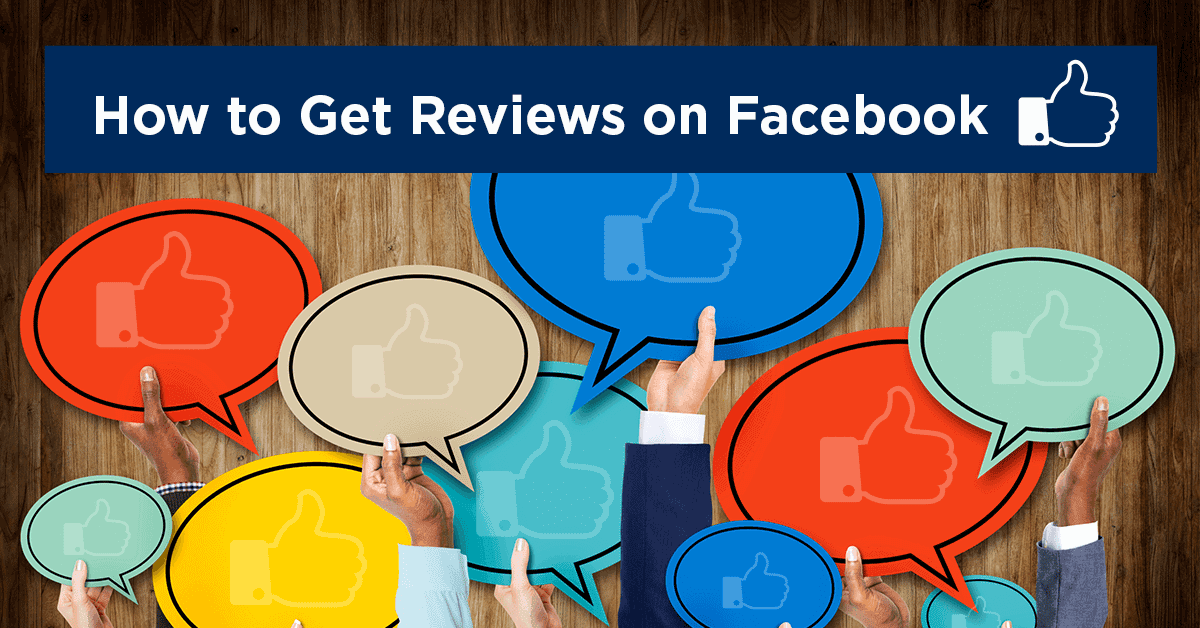
Trust in Facebook worldwide is expected to continue its upward trend in 2022, with a growing number of users turning to the platform for news, entertainment, and communication.
A survey conducted in 2020 found that nearly half of all respondents trust Facebook with their personal data – a five percent increase from 2019 – indicating an increasing level of comfort among users regarding the platform’s security measures.
Moreover, the number of people accessing Facebook from their mobile devices is continuing to rise, with an estimated 80% of users now doing so on a regular basis.
This suggests that those who rely on Facebook for news and communication will continue to do so in the coming years.
Furthermore, recent studies have shown that Facebook users are becoming more active in terms of creating and engaging with content on the platform.
This includes everything from sharing images and videos to participating in discussions, commenting, liking posts, and joining groups.
As such, we can expect that trust in Facebook will remain strong throughout 2022 as users continue to engage with the platform’s content.
FAQs: Facebook Revenue And Usage Statistics 2024:
🙍♀️Q: How much revenue does Facebook make?
A: In 2020, Facebook reported a total revenue of $86.1 billion, an increase of 22% from 2019. Advertising accounted for 98% ($84.2 billion) of the company’s total revenue, with payments and other services making up the remaining 2%.
😃Q: How many people use Facebook?
A: As of December 2020, Facebook had 2.8 billion monthly active users worldwide. This number has grown by 9.2% since the same time the previous year and is expected to continue growing in 2021.
💥Q: How much does each user contribute in revenue?
A: The average revenue per user for 2020 was $30.29. North America and Europe continue to be the biggest contributors, with an average revenue per user (ARPU) of $41.70 and $28.07 respectively.
👩🚒Q: What are Facebook’s most profitable products?
A: Facebook’s most profitable products include its core product (advertising services), Instagram, WhatsApp, and the Oculus virtual reality platform. Advertising services accounted for 68% of total revenue in 2020, followed by Instagram (14%), WhatsApp (12%), and the Oculus platform (6%).
Quick Links:
- How To Save A Video From Facebook
- Best Facebook Ad Spy Tools
- Video Content Marketing Statistics Facebook
- Facebook Marketing- Everything You Need To Know
- Facebook Stories: The Complete Guide For Businesses
- Easy Ways To Get Started With Facebook Advertising
- Best Affiliate Marketing Tracking Software Platforms
- List Of Best Working Facebook Ads Spy Tools
Conclusion: Facebook Revenue And Usage Statistics 2024:
Although Facebook’s user base and overall revenue has continued to grow in recent years, the company faces a number of challenges that may impact its future success.
These include increased regulation, competition from other social media platforms, and concerns about data privacy.
Despite these challenges, Facebook remains one of the most popular websites in the world and is expected to maintain its position as a leading social media platform for years to come.


